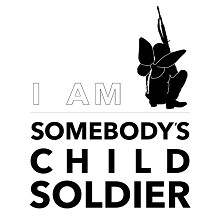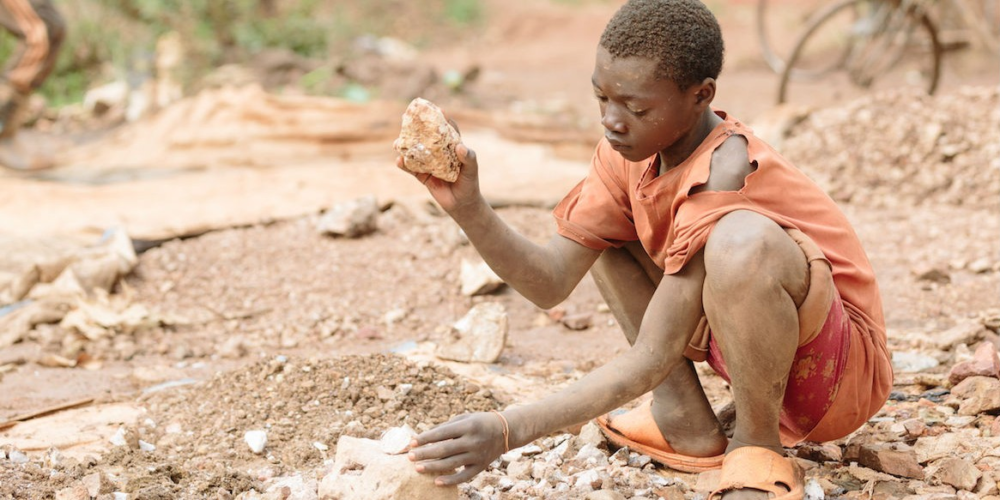Child Labour in Uganda
In Uganda and especially in Northern Uganda, children have suffered from civil unrest since the early 1980s. For instance, they were killed, raped, mutilated and/or brutalised in the rebellion against the Ugandan government by the movement of the Lord Resistance’s Army (LRA). They were also used as child soldiers in this armed conflict which, according to International Labour Office (ILO) convention No. 182 (1999), is one of the worst forms of child labour.
1 in 4 children in Uganda works as a child labourer
Even if we set aside the armed conflicts that have struck Uganda since the 1980s, the question of child labour is a phenomenon which youngsters have been experiencing for decades. As a significant social and economic problem in Uganda, child labour refers to work that is mentally, physically, socially and/or morally dangerous and harmful to children aged 5 to 17 years old. It includes work or activities that interfere with children’s school attendance, notably hazardous work which by its nature or the circumstances under which it is performed, jeopardises the health, safety and morals of a child (ILO).
Child labour exists because of unstable family situations and a lack of decent work and income for adults. Indeed, as poverty affects 34.6 per cent of the population in Uganda (World Bank, 2012), numerous families depend on working children to contribute to the family income and thereby to ensure the family’s survival. Another major factor driving children to engage in labour is the cost of education. In this regard, children work to earn money for lunches, school fees, school materials and uniforms. Furthermore, a lack of quality education does not encourage children to go to school nor does it motivate their parents to ensure that they remain in school; on the contrary, low-quality education reinforces the fact that parents ask their children to work.
As a result, in 2014, 1 in 4 Ugandan children (26 per cent) aged between 5 and 17 worked as a child labourer. These young people could be found, in particular, in agriculture in the harvesting of tea, in gold mining (20 to 30 per cent of 50,000 artisanal gold miners were children) and in commercial sexual exploitation.
How to take a stand against the plight of child labour
Since 2014, the Government of Uganda has been working to ensure the reinforcement of major regional and international conventions, instruments and policies to eliminate child labour, and to prohibit hazardous work for children. To achieve these objectives, the Government has established a minimum age for work of 16 and has widened access to its cash transfer programme to improve Ugandan children’s ability to attend school.
In terms of our role, I am Somebody’s Child Soldier offers alternatives to root out the main causes of child labour, especially the financial burden placed on child labourers’ families. At Laroo ADRA School, for example, we are working with the staff members to ensure that the children receive a proper education. By ensuring that all children are able to attend school regardless of their ability to pay school fees and other related costs, our charity is working in conjunction with the Ugandan community to ensure the elimination of child labourers. Please help us in our activities that not only give children tools to develop their skills and build their futures but that also give them the opportunity to be children who can play and socialise.
Sources:
http://www.ilo.org/ipec/facts/lang–en/index.htm
http://www.ubos.org/onlinefiles/uploads/ubos/pdf%20documents/NCLS%20Report%202011_12.pdf
http://data.worldbank.org/indicator/SI.POV.DDAY?locations=UG&view=chart
https://www.dol.gov/sites/default/files/documents/ilab/reports/childlabor/findings/2014TDA/uganda.pdf




